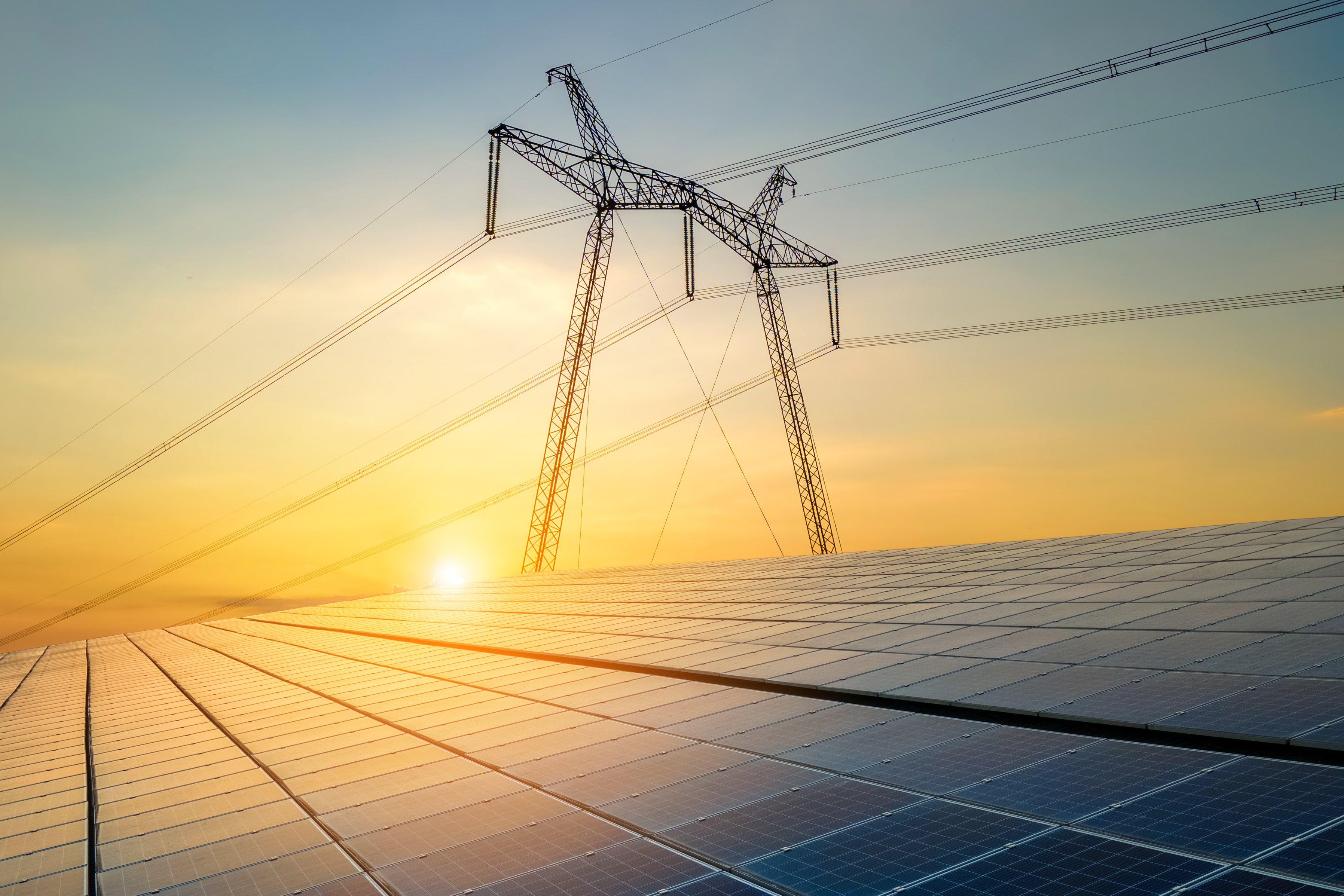The U.S. was once one of the most attractive markets for solar manufacturers, and a number of companies expanded into project development to increase their exposure here. For the past few years, Canadian Solar (CSIQ 0.05%) has generated about one-third of its revenue in the Americas, the U.S. in particular. But recent first-quarter results show that the U.S. isn't what it once was for the world's biggest manufacturers.
Not only is demand for solar panels shrinking as a result of tariffs implemented earlier this year, the value of solar projects has also gone down, and developers are having to sell them at very low margins -- and in some cases, at a loss.

Image source: Getty Images.
U.S. solar demand hit a wall in early 2018
When Canadian Solar announced a 25% sequential drop in solar panel shipments in the first quarter of 2018 to 1,374 megawatts (MW), it wasn't entirely surprising given the seasonally weak winter months.
But what CEO Shawn Qu said about the impact of tariffs (the Section 201 trade decision) gave some insight as to how bad conditions were in the U.S.: "... the U.S. Section 201 trade decision, it immediately slowed down the new module shipments and projects in the U.S. In fact, it's quite dramatic."
Qu would go on to say that developers had likely stockpiled a tariff-free supply before the tariff decision was implemented, which hit short-term demand. The decline in demand was one reason gross margin dropped from 19.7% in the fourth quarter to just 10.1% in the first quarter (I'll get to the other reason below). If there's no tariff relief, I don't see how the U.S. would return to a meaningful percentage of solar panel shipments for Canadian Solar.
Luckily, Canadian Solar has a diverse set of end markets and has been able to shift to countries like China and Japan as U.S. demand weakened. That's helped maintain manufacturing margins, with Qu saying:
The manufacturing business is more or less stable. In Q1, our manufacturing gross margin is in [the] high teens. And in Q2, we also see it in a high-teen level. So that shows that we have a good ability to maintain the manufacturing cost and price structure.
The loss of the U.S. market is notable for manufacturers, but large companies can adjust by selling to other countries. As more earnings results come out, I would expect other large manufacturers, like JinkoSolar, Hanwha Q Cells, and JA Solar, to see slow shipments to the U.S. But if Canadian Solar is any indication, they shouldn't see a huge margin impact as a result.
When it comes to developing solar projects, where Canadian Solar invested heavily in the U.S., the company won't be so lucky.
U.S. solar developments fall flat
The bigger drag for Canadian Solar than falling panel sales in the U.S. are solar projects it has on the balance sheet.
Canadian Solar sold 309 MW of projects in the U.S. during the first quarter for $720 million, or $2.33 per watt, but management said the sales were at a very low margin. These particular projects were completed in 2015 and were intended to drop down to its own yieldco, but Qu said:
At that time [of development], the business model of the industry was yieldco. So we also accumulated some projects. But now there's no yieldco. Yieldco is not a factor anymore in the U.S. Therefore, we're selling those projects. And those sales [have] low margins, as we've mentioned.
Low margins in the U.S. are notable because project sales generate more revenue per watt than solar panel sales. Projects today sell for over $1 per watt, and panels will sell for $0.35 to $0.45 per watt, so any pressure on project margins is amplified on the income statement.
The U.S. is also Canadian Solar's biggest pipeline of new projects. There are currently about 2,000 MW of late-stage projects in the global pipeline, and 459 MW are in the U.S. On top of those future developments, there are 948 MW of projects worth $1.1 billion (or $1.16 per watt) on the balance sheet that have yet to be sold. Given their lower value per watt versus what was sold in the first quarter, we can likely expect more low-margin sales in the future.
No more counting on the U.S. for growth
After years of growth, the U.S. has become a drag on Canadian Solar's results. Low-margin projects have tied up over $1 billion in cash that could be better used to pay down some of the $2.45 billion in debt or build higher-margin projects elsewhere. The company has been fortunate that solar panel margins have remained in the high teens recently, or we would be seeing a more noticeable impact of low-margin project sales early in 2018.
If it weren't for the U.S, the $43.9 million in net income in the first quarter would have been much higher, and if it were the stock could be an incredible value with a market cap of just $1 billion. Watch to see a positive impact on financials as the company invests in international markets as the year goes on, and Canadian Solar hopefully puts the weak performance in the U.S. behind it.






